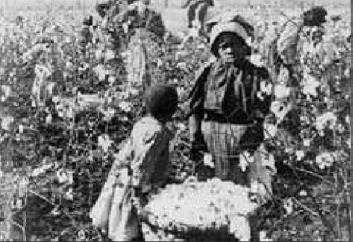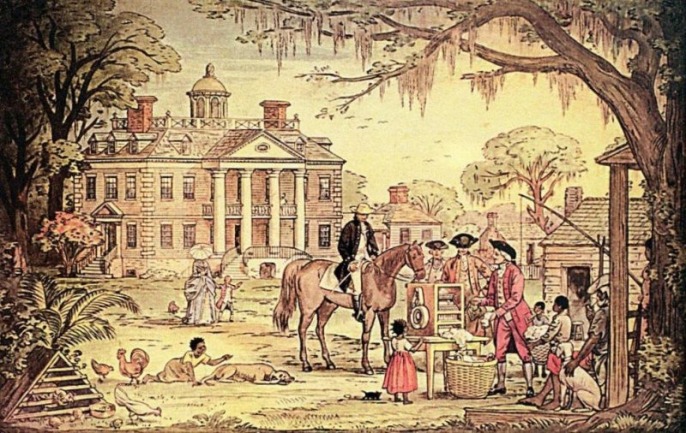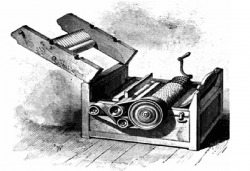A Simple Machine; A Lifetime of Transformation

This is a picture of slaves working in the field to pick cotton.
Before Eli Whitney’s Cotton Gin
- Long-staple cotton was grown, because it was easier to separate the cotton
from seeds, but it could only grow within thirty to fourty miles of the coast
- these limitations did not allow the growth of enough cotton to could
support world demands
- Short-staple cotton could be grown inland, but took too much time to pick out
sticky green seeds, so it was not popular or very profitable.
- Slaves could de-seed only about one pound of cotton per day
- There were other feeble attempts at a cotton gin that did not work
- Without the cotton gin, growing and cleaning cotton was laborous and time-
consuming.
- Farmers did not want to grow cotton
- Tobacco was becoming less profitable because it was excessively supplied and
caused soil degradiation
Whitney Sees the Need for an Invention

This is an artists view of the plantation that Eli Whitney stayed on: Mulberry Grove. At this plantation he learned of the problems that came with growing cotton and came up with his invention.
- Eli Whitney graduated from the Yale University (1792) and moved south to start
a teaching career close to Savannah, Georgia
- In Georgia, Whitney stayed at Mulberry Grove, a plantation owned by Catherine
Greene and managed by Phineas Miller
- During his stay here, he listend to the planters problems with their inability to
profit from short-staple cotton
- Because Whitney had knowledge of the textiles in the North, he was able to
quickly develop a design
- Then, he travels to Connecticut to start a cotton gin factory and patent his idea
- Since his design is so simple, many people copy it
- After a few years, Whitney has produced thirty cotton gins, but many people
copied and had been able to make more
- Because so many people copied his invention, Whitney was never able to make a
good profit off of it
Eli Whitney's Invention of Cotton Gin

This is a drawing of the cotton gin.
- Invented in the winter of 1793
- Farmers could now grow cotton for a greater profit
- One gin could clean up to fifty five pounds of cotton per day, that is fifty five
times more than a slave could clean
- Requirements for cotton in the North were increased by the inventions of the
Industrial Revolution
Example: The mills ability to mass produce and speedy ways to transport
products such as the steam boat and trains
- Lower prices meant that American farmers could compete in the world wide
cotton industry
- The amount of raw cotton produced doubled each decade after 1800
- In the 1850's, America was providing three-quarters of the worlds stock of cotton
